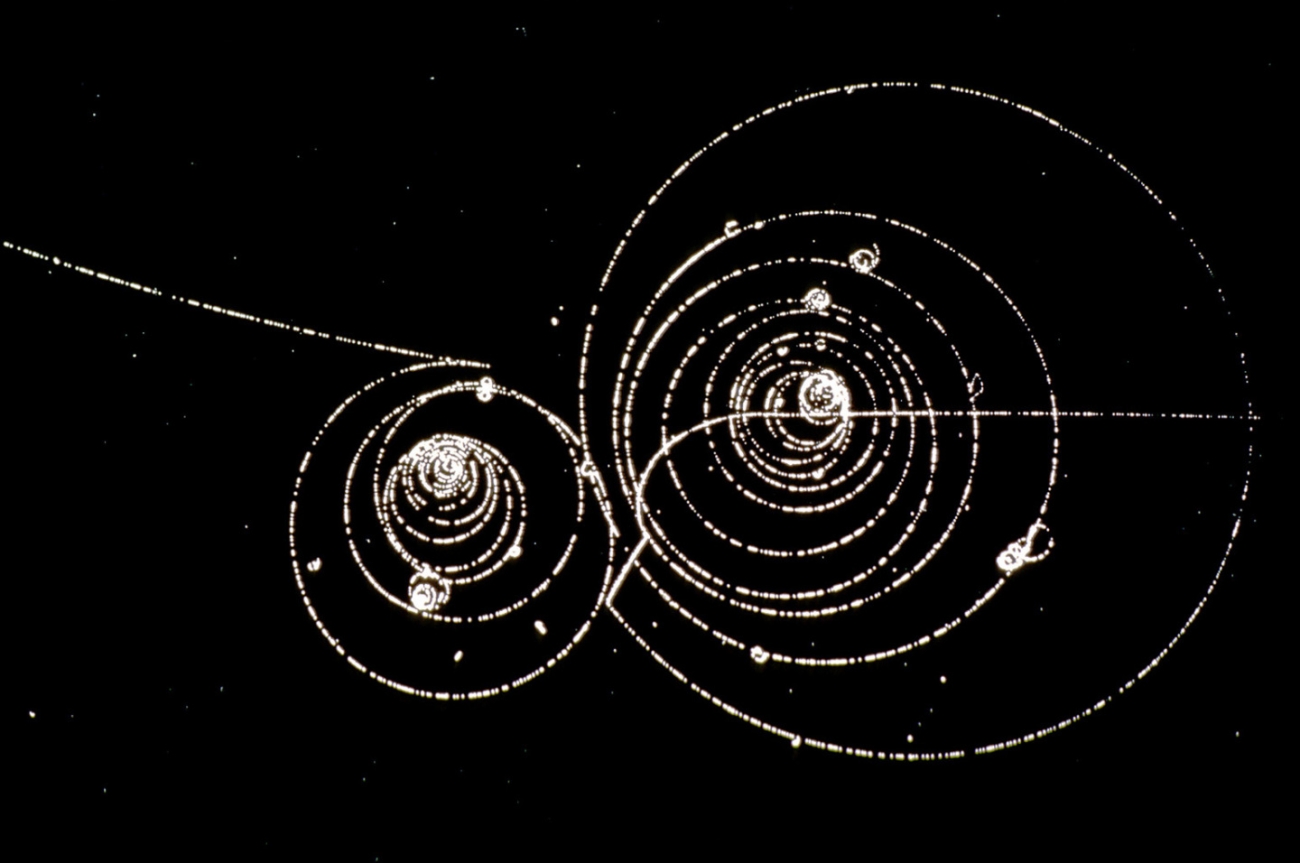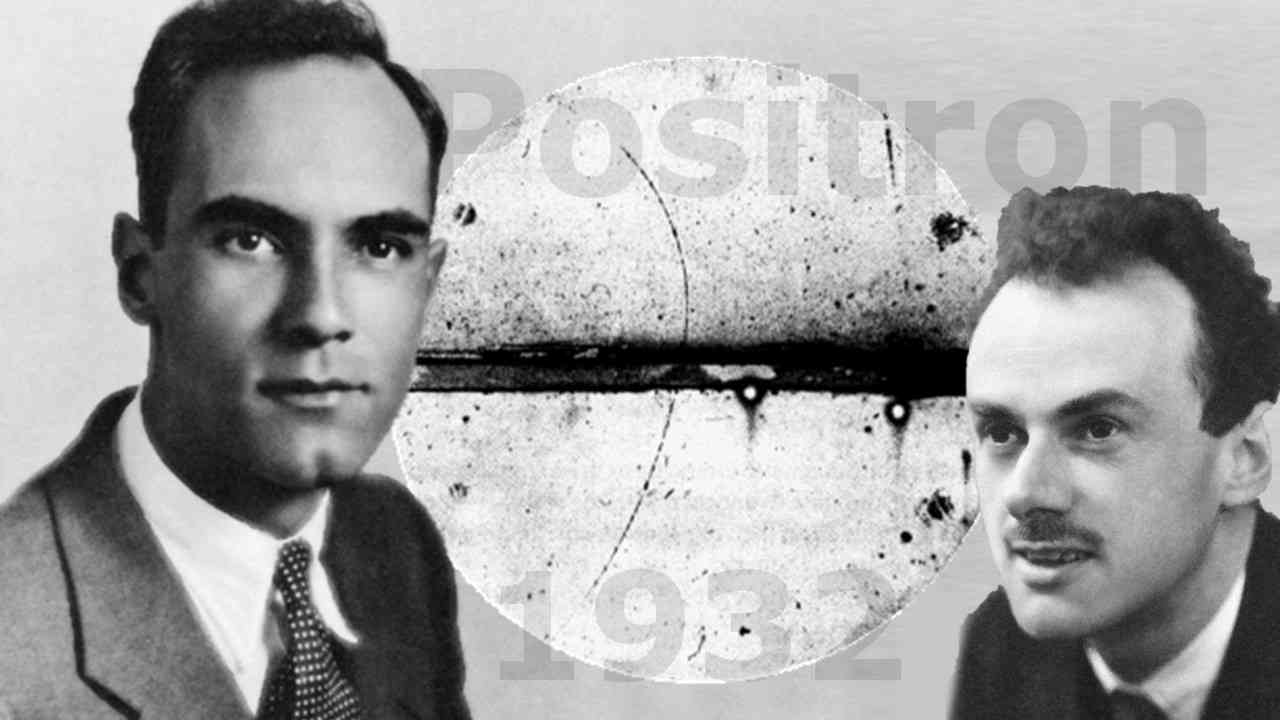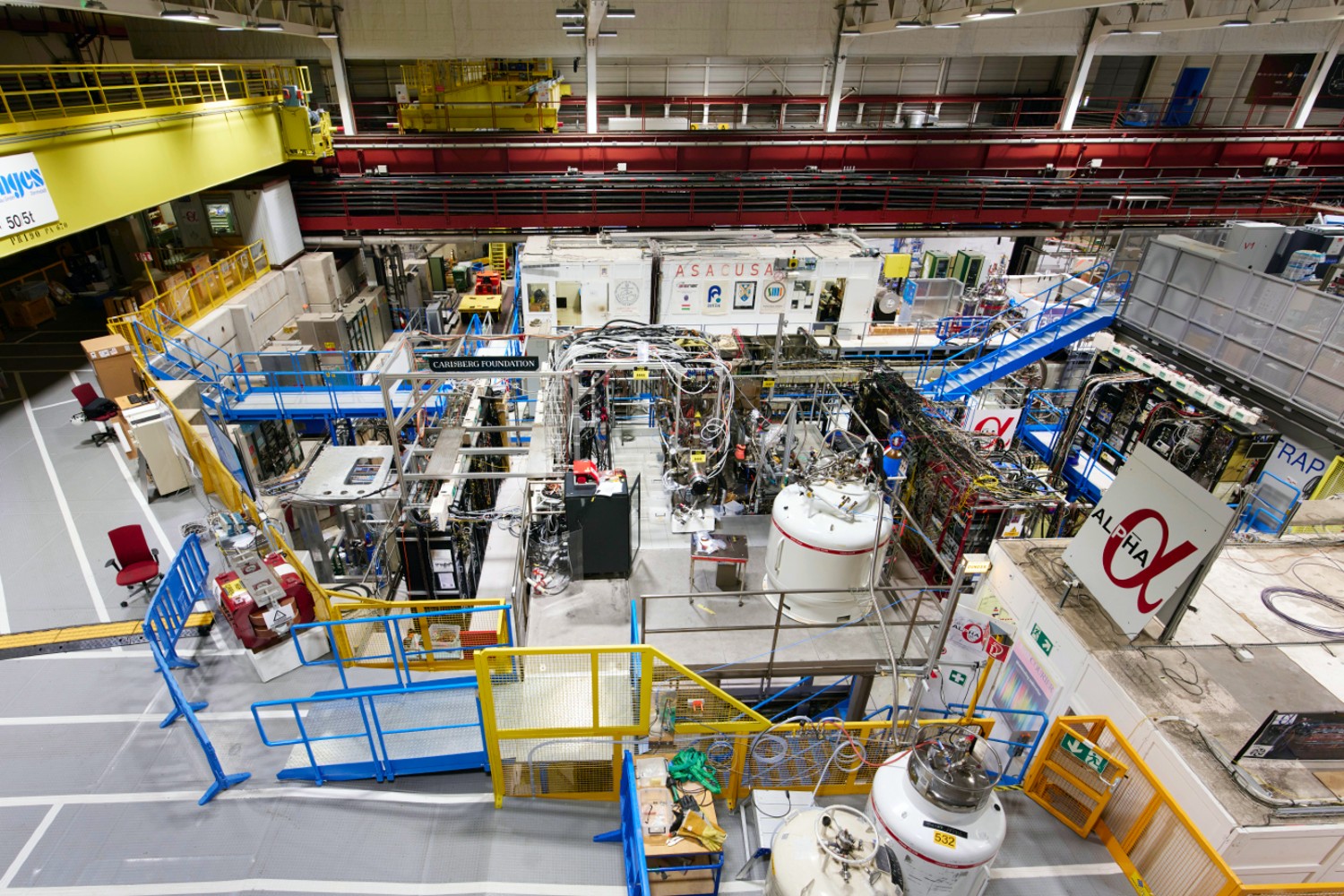Unlocking the Secrets of Antimatter: A journey through low-energy antimatter studies at CERN

The existence of antimatter is a fundamental aspect of our Universe and is predicted by the laws of quantum physics and symmetry principles. However, the theory does not match the experimental observations. According to our models, we would expect to have a baryon-to-photon ratio of 10−18, while we observe a value 9 orders of magnitude larger - 0.6x10−9. This imbalance is the so-called Baryon Asymmetry Problem and is one of the main open questions in modern physics, being an inspiration for many cutting-edge experiments. In particular, CERN, with its famous and unique Antimatter Factory, is an absolute leader in ultra-low energy antimatter studies.
An anti-electron (positron) was proposed theoretically by P. Dirac in 1931 and then observed experimentally just one year later by C.D. Anderson. This groundbreaking discovery earned both Dirac and Anderson a Nobel Prize, opening the doors to the concept of an anti-Universe, where each particle has its symmetric antiparticle. Over the next 30 years, physicists searched for these particles, discovering the antiproton in 1955 and the antineutron in 1956 at the Bevatron particle accelerator at the University of California, Berkeley.

Once the existence of antiparticles was well established, a new question arose: If antiparticles and particles share the same properties, could they form (anti)identical complex structures, and do they interact in the same way? This led to the spectacular achievement of CERN in this field: the discovery of the first complex antimatter system [1], called antideuteron, consisting of one antineutron and one antiproton. This discovery from 1965 demonstrated that the electromagnetic and nuclear interactions of matter and antimatter appear, to first order, to be similar. Remarkably, the discovery was made independently by two teams working in parallel: one led by Antonino Zichichi using the Proton Synchrotron at CERN, and the other led by Leon Lederman, using the Alternating Gradient Synchrotron (AGS) accelerator at Brookhaven National Laboratory in New York.
In the 70s, CERN decided to build the Low Energy Antiproton Ring (LEAR) providing the antiproton beam of 109 particles/bunch. This decelerator was operated between 1982 and 1996 hosting 27 experiments, leading to many scientific achievements. Choosing only two, we should first mention the production of an anti-atom—in this case, antihydrogen—in 1995 by the team led by Walter Oelert. In this experiment, when an antiproton passed close enough to a nucleus of a target material, it could create an electron-positron pair, which could then bind to an antiproton and form an antihydrogen atom. This highly time-consuming measurement allowed for the first detection of eleven antihydrogen atoms [2]!
The second achievement is the first successful trapping of antiprotons, enabling the first non-destructive study of antimatter systems and opening a plethora of new experimental possibilities using cold antimatter. During this period, the first Penning trap-based comparison of the inertial masses of an antiproton and a proton was conducted, achieving a fractional uncertainty of 1×10-9 [A]—10,000 times more precise than previous measurements of this ratio using exotic atoms—thus becoming the most precise test of CPT invariance with baryons.
Building on the ability to trap antiprotons and the first antihydrogen production, CERN established the Antimatter Factory, featuring the Antiproton Decelerator (5.3 MeV). This facility was approved on February 7, 1997, and began operation in 2000. Since 2021, the beam from the AD has been further decelerated to just 100 keV using the Extra Low ENergy Antiproton ring (ELENA). Today, AD/ELENA facility remains the world's primary provider of antiproton beams.

Inside a main hall of CERN's Antimatter Factory. CERN
The AD ushered in a new era in antimatter physics, with its first spectacular achievement occurring just two years after its launch—the production of cold antihydrogen atoms by the ATHENA collaboration [4]. Eight years later, the ALPHA collaboration successfully trapped antihydrogen for the first time [5], and in 2014, the ASACUSA experiment produced the first antihydrogen beam [6], opening possibilities for field-free spectroscopy.
Today, antihydrogen is “routinely” produced and trapped in the ALPHA experiment, enabling antihydrogen spectroscopy. One of the most remarkable achievements in this field is the 1s-2s spectroscopy of antihydrogen at the 2 × 10-12 level [7]. In the field of spectroscopy of exotic atoms, the ASACUSA measurements on antiprotonic helium measured the antiproton-to-electron mass ratio to 0.8x10−9 precision [8].
The first local tests of the gravitational interaction of antimatter were conducted at the AD. The first test involving the gravitational redshift of antiprotons, was performed by the BASE experiment in 2022 [9]. Then, in 2023, the ALPHA experiment observed the first free fall of antimatter [10]. In the future, three experiments—ALPHA, AEgIS, and GBAR—plan to produce ultra-cold antihydrogen atoms to push the limits of gravitational interaction measurements.
Thanks to advancements in ultra-precision technologies, measurements of the fundamental properties of individual antiprotons have been significantly refined. The antiproton's magnetic moment was measured with a precision of 1.5 × 10-9 [11], while the charge-to-mass ratio of the antiproton to proton was determined with a precision of 1.6 × 10-11. These measurements represent the most precise tests of the Standard Model in the baryonic sector, probing it at an unprecedented energy level of 10-27 GeV.
Building on great achievements, the future of the AD is driven by new and innovative ideas. Notably, the PUMA and BASE-STEP experiments aim to transport antiprotons outside the AD, opening up new possibilities in nuclear and precision physics while further expanding the remarkable AD program.
Further reading
[1] Nuovo Cim 39, 10–14 (1965)
[2] Physics Letters B 368.3 (1996): 251-258.
[3] Physical review letters 74.18 (1995): 3544.
[4] Nature 419, 456–459 (2002)
[5] Nature 468, 673–676 (2010)
[6] Nature Communications 5, Article number: 3089 (2014)
[7] Nature 557, 71–75 (2018)
[8] Science 354.6312 (2016): 610-614
[9] Nature 601, 53–57 (2022)
[10] Nature 621, 716–722 (2023)
[11] Nature 550, 371–374 (2017)
